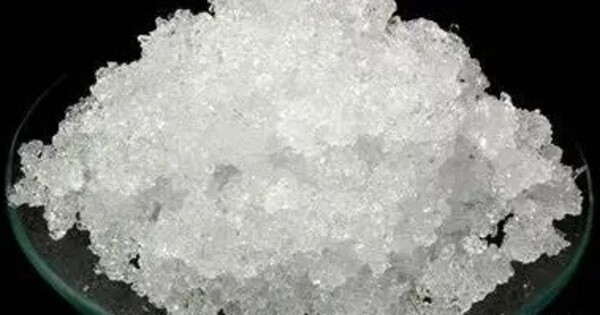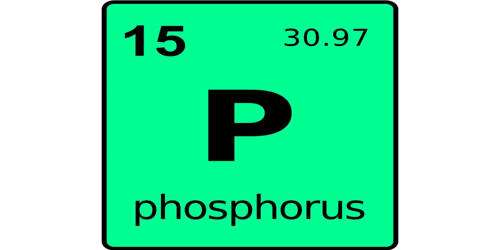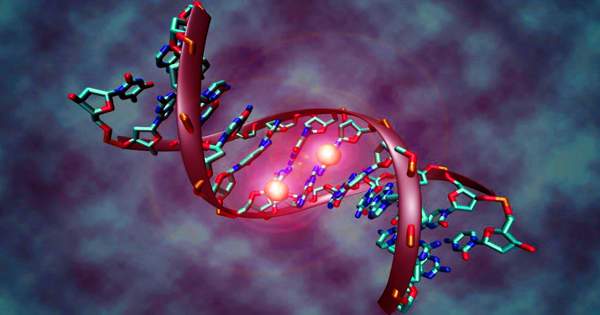Cadmium nitrate describes any of the related members of a family of inorganic compounds with the general formula Cd(NO3)2·xH2O. It consists of cadmium cations and nitrate anions and appears as a white crystalline solid. The most commonly encountered form being the tetrahydrate. The anhydrous form is volatile, but the others are colourless crystalline solids that are deliquescent, tending to absorb enough moisture from the air to form an aqueous solution.
It should be stored in a cool, dry place away from incompatible substances, and handled with appropriate safety measures, including gloves and eye protection.
Properties
Cadmium nitrate is soluble in water and forms a clear solution. It is less soluble in alcohols. It decomposes upon heating rather than melting, releasing nitrogen oxides and cadmium oxide.
- Chemical formula: Cd(NO3)2
- Molar mass: 236.42 g/mol (anhydrous), 308.48 g/mol (tetrahydrate)
- Appearance: White crystals, hygroscopic
- Odor: Odorless
- Density: 3.6 g/cm3 (anhydrous), 2.45 g/cm3 (tetrahdyrate)
- Melting point: 360 °C (680 °F; 633 K), at 760 mmHg (anhydrous)
- Boiling point: 132 °C (270 °F; 405 K) at 760 mmHg (tetrahydrate)
- Solubility in water: 109.7 g/100 mL (0 °C), 126.6 g/100 mL (18 °C)
- Solubility: Soluble in acids, ammonia, alcohols, ether, acetone 5 g/L in methanol
Preparation
Cadmium nitrate is prepared by dissolving cadmium metal or its oxide, hydroxide, or carbonate, in nitric acid followed by crystallization:
CdO + 2HNO3 → Cd(NO3)2 + H2O
CdCO3 + 2 HNO3 → Cd(NO3)2 + CO2 + H2O
Cd + 4HNO3 → 2NO2 + 2 H2O + Cd(NO3)2
Natural Sources
Cadmium is not commonly found in nature in significant amounts. It is usually found in association with zinc ores, such as sphalerite.
Industrial Production
Cadmium nitrate can be synthesized from cadmium carbonate or cadmium oxide by reacting with nitric acid. It is used in various applications, including:
- As a chemical reagent in laboratories.
- In the production of other cadmium compounds.
- In some types of electroplating.
Reactions
Thermal dissociation at elevated temperatures produces cadmium oxide and oxides of nitrogen. When hydrogen sulfide is passed through an acidified solution of cadmium nitrate, yellow cadmium sulfide is formed. A red modification of the sulfide is formed under boiling conditions.
When treated with sodium hydroxide, solutions of cadmium nitrate yield a solid precipitate of cadmium hydroxide. Many insoluble cadmium salts are obtained by such precipitation reactions.
Uses
Cadmium nitrate is used for coloring glass and porcelain and as a flash powder in photography.
















